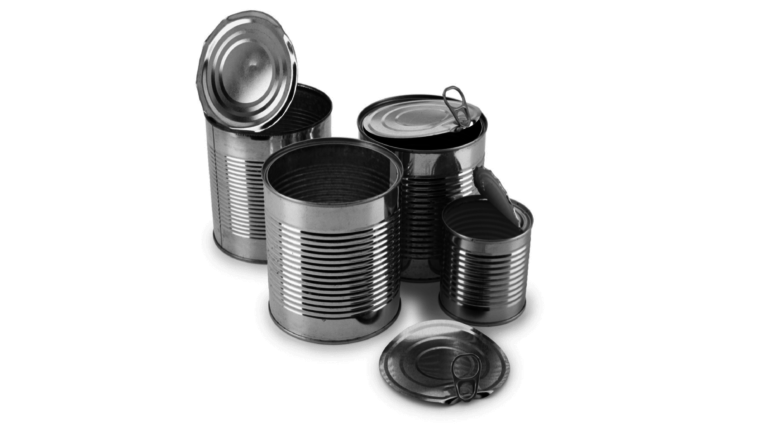Tin cans of varying quality tend to be found even in the woods. But best of all is to have at least one in your backpack, perhaps it can even be filled with food. Some tins have a plastic coating on the inside so you should be afraid of synthetic chemicals such as bisphenol A, you should probably avoid frying fat food right in the can. To boil water should however be quite risk-free. Here are some things which you can do with Tin Cans:
1. Carrying water. Transporting water is one of the most difficult challenges in the wilderness if you do not have the right equipment.
2. Melt the snow, boil water or cook. After a minute of cooking all viruses, bacteria and other microorganisms in the water are dead. Mix insects, larvae, leaves and roots with a little water and make a delicious stew. If they fail to build any sensible position, you can set the jar of ashes, near the fire.
3. Build a Barbecue Grill. A higher tin can easily be built on a small stove that can be used with different types of fuel.
4. Wind protection. A jar which is cut and folded out protects against fire gusts.
5. Dig a pit. In a little harder ground, a tin can be more effective than a digging stick.
6. Carrying fire. When you move around you can bring the coal in this tin container.
7. Storage of other equipment. The jar is ideal for storing small items in. Add fish set, wire saw, whistle, needles, fire steel, candle, button compass, cotton in a plastic bag in a tin can with a lid and you have a complete survival kit that does not take up much space in your backpack.
8. Using as a small table. An inverted jar provides a flat surface that can be used for precision work.
9. Fish / lobster trap. Cut lengthwise tabs on the sides of the can and bend inward, you have a simple fish trap to catch crabs or fish.
10. Making arrowheads. Tin sheets which easily have sharp edges, which can be exploited for the production of hunting gear.
11. Set up an alarm. A trip wire attached to a tin can that rattles when it goes into the ground becomes an alarm that warns of visitors at the campsite.
